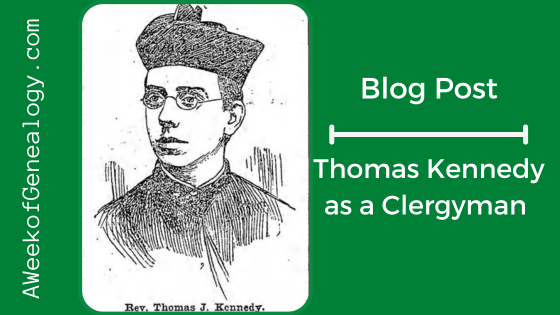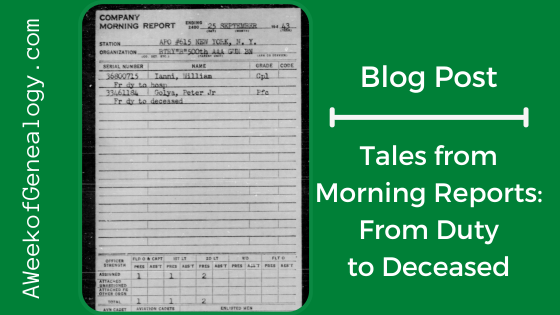Book Review: Greetings from Camp Davis

Greetings from Camp Davis: The History of a WWII Army Base, now in its 2nd Edition, is described by the author as a general history of Camp Davis. It hits the mark. Although the Camp’s operational history only spans a short time, its story is large. Its contribution to the Army and its impact on the local area was immense. The effort to build such a large base quickly on property that had no infrastructure echoed the ambitions of the United States Army to expand from 9 antiaircraft regiments in 1939 to a goal of having 46 regiments by 1942.
Mr. Tyndall takes us on a well-researched tour through Camp Davis from its inception, through WWII, to its last occupants after training activities ceased. To take this guided tour, I recommend reading the book from cover to cover. After a timeline of the Camp, travel with the author to observe how the location was chosen, constructed and operated. You will learn how the sleepy hamlet of Holly Ridge, North Carolina, emerged to become the premier Antiarcraft Artillery (AAA) Training Center for basic and unit training, and about its associated AAA School courses. As the tour progresses through time, you will view Camp Davis from various aspects in different parts of the book. Continue along to walk through the details of the daily lives of the personnel at the Camp, and even those who visited it. A scrapbook of images from the activities and times at the Camp are collected in an engaging appendix.
Those interested in the local history of Wilmington, North Carolina, as well as readers of World War II history will enjoy this book. This book is also incredibly valuable to those who had ancestors who were stationed, trained, or employed at Camp Davis. Mr. Tyndall’s tour is as close as we can get to visiting Camp Davis in WWII.
The book is also of value to those interested in the roots of today’s Air Defense Artillery (ADA). For a brief time starting in 1941, Camp Davis was home to the three branches of the Coast Artillery: seacoast, anti-aircraft, and barrage balloons. From the perspective of one Army base, readers can follow when and how the Coastal Artillery, tasked with the mission of protecting our shores, gave rise to the antiaircraft artillery that accomplished both anti-aircraft and ground support functions.
My favorite chapter may be Chapter 3, about Training and Organization. This chapter explained what happened to the new recruits as they arrived. It described their daily routine and the technical aspects of the equipment the AAA trainees would master. The technical descriptions certainly help us to understand the duties and challenges that these soldiers would face during their operational assignments. As in the other chapters, the personal reflections of those who were at the Camp are also included along with the results of extensive research. Appendix D holds a summary of the AAA weapons’ specifications. In this way, I was able to learn more about my father’s time in training. Knowing that my father was trained at Camp Davis, the appendix listing the units trained there will be useful when combined with Morning Reports from his next organization, for insight into when he moved to Camp Stewart.
Through the other chapters I also learned about what the buildings and food were like at the Camp, and how the lack of transportation and the isolation of the location made recreational facilities so important. For a young man from Brooklyn, New York, such as my father, this had to be a significant adjustment.
Stories about the roles of women and racial integration at Camp Davis hinted at future changes to the military. As expected during that time, there were racially segregated training, barracks, and entertainment facilities; what was unexpected were examples of some fully integrated training and billeting at the Officer Candidate School (OCS) and at certain specialty AAA courses. The groundwork for women’s future roles in military service was paved at Camp Davis. In August 1943, some of the first women who were WAACs (Women’s Army Auxiliary Corps) became female soldiers of the Women’s Army Corps (WACs). The Women’s Air Service Pilots (WASPs) learned how to fly tow targets at the Camp, then supported the AAA training.
Your tour of Camp Davis through time finishes in the current day, showing the few remnants of the disassembled Camp that still remain after its deconstruction and the surplusing of everything in it.
The 2024 Addendum includes additional research done since the book’s first edition. Among the topics are more about the construction and labor unrest, the Camp’s post exchange and its Newspapers. We also learn that at least one of the ten female officers (WACs) who were trained in antiaircraft artillery techniques was stationed at Camp Davis.
The book represents Mr. Tyndall’s passion and commitment to telling the story of Camp Davis. The personal stories he gathered through extensive oral interviews add an additional dimension to his wide-ranging research to uncover details of Camp Davis’ story. The chapter notes document the plethora of sources used, and when combined with the selected bibliography, may inspire your own research.
Books such as this make me grateful for the rise of independent publishing, so that valuable information can get into the hands of interested readers.
The 2nd edition of Greetings from Camp Davis is available at local museums and bookstores in Southeast North Carolina and via the author’s book website: www.greetingsfromcampdavis.com. A Kindle version of the 2nd edition is planned for some time in the future.
Note: A review copy of the book was provided by the publisher.




































